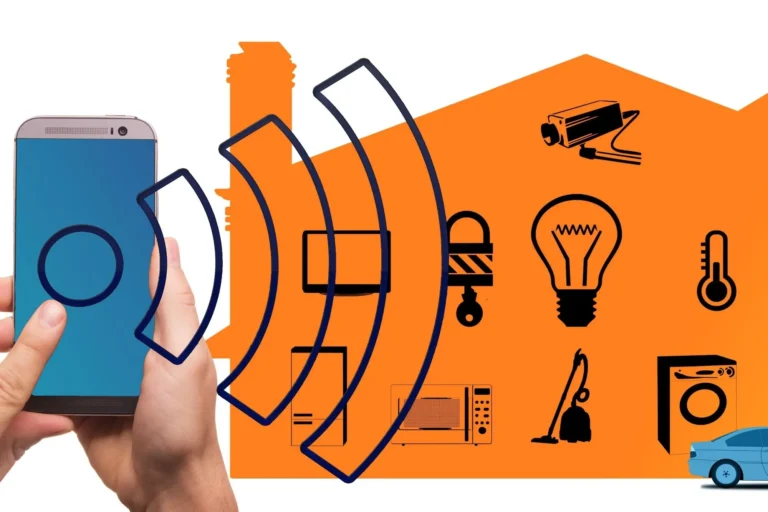What Flexible Input Output Modules Bring to Notebook Use
Introduction
In the fast-evolving world of technology, notebooks have become indispensable tools for professionals, students, and creatives alike. One area that significantly enhances the functionality and adaptability of these devices is the integration of flexible input-output (I/O) modules. This article delves into what these modules bring to notebook use, exploring their historical context, advantages, potential drawbacks, and future implications.
Understanding Flexible Input Output Modules
Flexible I/O modules are systems designed to expand the input and output capabilities of notebooks. They allow users to connect various peripherals, sensors, and devices, greatly enhancing the notebook’s functionality. These modules can come in different forms, including USB hubs, docking stations, and even wireless interfaces.
Historical Context
The journey of I/O modules for notebooks began with basic connections such as USB ports and audio jacks. As technology has advanced, the need for more versatile connections has grown. In the early 2000s, users primarily relied on USB ports for connecting external devices like mice and keyboards. However, as technology progressed, the introduction of Thunderbolt and USB-C ports expanded the possibilities for data transfer and device connectivity.
How Flexible I/O Modules Enhance Notebook Use
1. Increased Connectivity Options
Flexible I/O modules significantly enhance the connectivity of notebooks. Users can connect multiple devices simultaneously, such as monitors, printers, external storage, and more. For instance, a user can connect a secondary monitor through a USB-C dock while also using an external hard drive for data storage.
2. Improved Productivity
With the ability to connect multiple devices, users can multitask more efficiently. For example, designers can have their design software open on one screen while referencing materials on another, streamlining their workflow.
3. Enhanced Portability
Many flexible I/O modules, particularly docking stations and compact USB hubs, are designed with portability in mind. They are often lightweight and easy to carry, making them ideal for users on the go. This means that professionals can set up a complete workstation anywhere—be it a café, a client’s office, or an airport lounge.
4. Future-Proofing Technology
As technology continually evolves, having flexible I/O modules ensures that a notebook can remain relevant and functional. New devices and peripherals are frequently released, and I/O modules can often adapt to these changes, either through software updates or physical design improvements.
Potential Drawbacks
While flexible I/O modules offer numerous advantages, there are also potential drawbacks to consider:
- Compatibility Issues: Some older notebooks may not support newer I/O technologies, limiting users’ ability to take advantage of modern peripherals.
- Cost: High-quality I/O modules can be expensive, and not all users may find the investment worthwhile.
- Complexity: With increased connectivity comes increased complexity. Users may need to manage multiple connections and settings, which can be daunting for some.
Real-World Examples and Case Studies
To better understand the impact of flexible I/O modules, let’s look at a few real-world examples:
Case Study 1: A Graphic Designer
A graphic designer named Sarah uses a flexible docking station to enhance her notebook’s capabilities. By connecting her notebook to a high-resolution monitor and an external tablet, she can streamline her design process. The ability to have multiple screens allows her to work more efficiently, quickly switching between programs and resources.
Case Study 2: A Business Professional
John, a business professional, frequently travels for work. He utilizes a compact USB hub that allows him to connect his notebook to a projector for presentations while also charging his device. This flexibility ensures that he can deliver effective presentations without being tethered to a single location.
The Future of Flexible I/O Modules
As technology continues to advance, the future of flexible I/O modules looks promising. With the rise of the Internet of Things (IoT) and smart devices, the demand for versatile connection options will likely grow. We may see even more advanced modules that incorporate features like wireless connectivity and compatibility with emerging technologies like 5G.
Expert Quote
According to tech expert Jane Doe, “The evolution of flexible I/O modules signifies a shift in how we perceive mobility and connectivity in technology. As our devices become more integrated into our daily lives, the need for seamless interaction between them becomes paramount.”
Conclusion
In conclusion, flexible input-output modules play a crucial role in enhancing the usability and functionality of notebooks. They offer increased connectivity options, improve productivity, and provide a level of portability that is essential in today’s fast-paced world. While there are some drawbacks to consider, the benefits far outweigh them for many users. As we move into the future, the continued development of these modules will further redefine how we use notebooks, making them even more versatile and integral to our daily lives.







